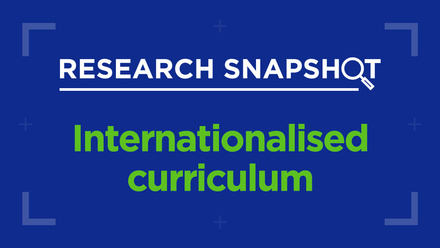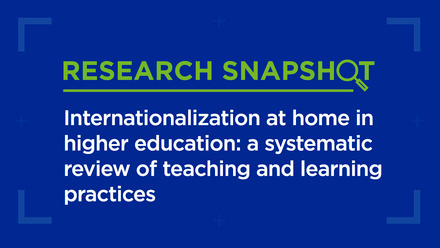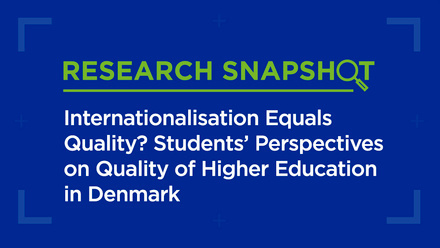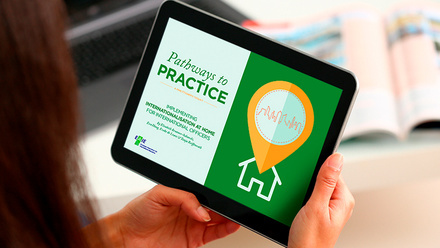Advancing Internationalisation at Home: 5 key insights
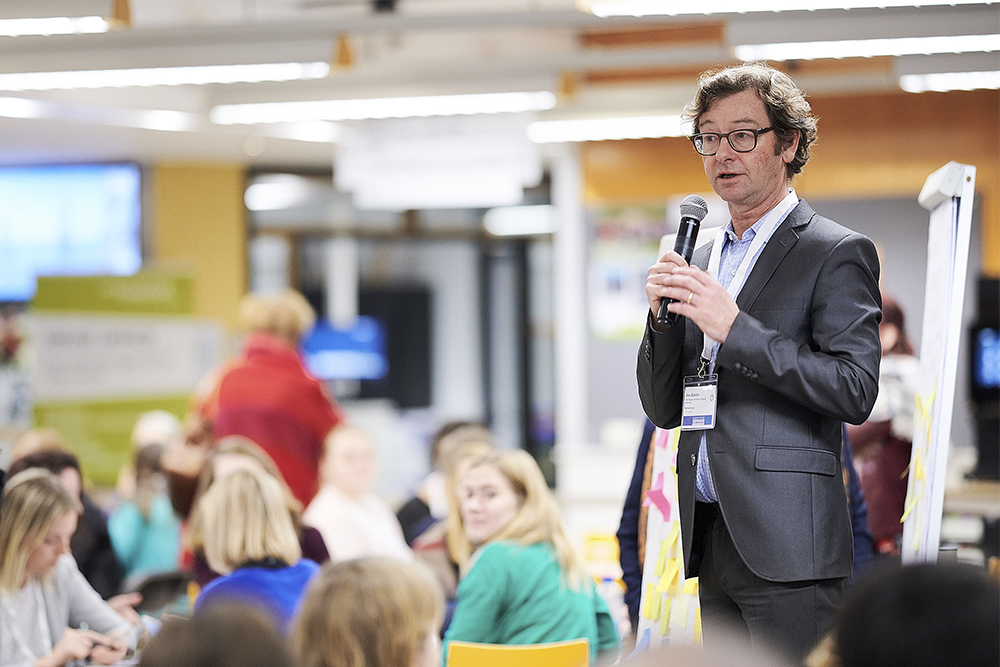
More than 150 participants from 24 countries gathered at The Hague University of Applied Sciences for the Spotlight Seminar on Internationalisation at Home (IaH), on 28–29 November 2018. The Seminar kicked off with an early visit from the Dutch Sinterklaas (Saint Nicholas), that international bishop of all times, who visits families at home bearing gifts and treats. What followed were two intensive days of sessions covering various components of IaH.
In the closing session of the Spotlight Seminar, we collectively drafted a future agenda. This blog post describes the main outcomes from that lively discussion. It became clear that this agenda will depend on many factors, such as institutional policies and support for Internationalisation at Home, disciplinary understandings and curriculum design culture. Yet, an important insight was that, across the globe, we see many similar challenges. The main items on this shared agenda are closely related and involve the integration of IaH into existing systems for management, professional development and quality assurance.
What follows is a summary of five of the key topics that guided our discussion, and the insights for the future of Internationalisation at Home that emerged from them.
1. Getting the message of IaH across to leaders and managers
A key theme during the discussions was the lack of familiarity with and understanding of Internationalisation at Home. When we asked participants what was the most frequent question that their colleagues ask about IaH, many responded: “Nobody ever asks me those questions because the concept is unknown.”
Already during the opening session, a participant pointed out the crucial need for university leaders and managers at all levels in the institution to understand what Internationalisation at Home means. How we achieve this is a vital next step for IaH, and the response will be dependent on individual institutional culture and organisational structures.
The development of internationalised curricula needs to take place – bottom-up – in departments and programmes and within specific disciplines
At all levels in the institution, fighting misconceptions and spreading the ‘message’ of Internationalisation at Home and its benefits are tasks that many participants identified with. There was a clear understanding that the development of internationalised curricula needs to take place – bottom-up – in departments and programmes and within specific disciplines. However, leaders and managers also need to be on board in order to facilitate these developments.
2. Including an internationalised curriculum in accreditation standards
“How do I motivate my colleagues to take Internationalisation at Home seriously?” was another question raised. In terms of a future agenda, numerous participants expressed the desire to include more demanding quality standards for IaH in both internal and external accreditations and in this way increase the pressure on institutions of higher education to internationalise their home curricula. Identifying accreditation criteria for internationalised curricula could enable us to move away from the inevitable question, “do you have examples I can easily copy?” It would also offer an outline for those colleagues who ask, “when is it enough?” The challenge for us as a community of practitioners is both to address this within our own institutional accreditation cycles, but also to lobby external accreditation bodies to develop criteria that can become true enablers for IaH practices to flourish.
3. Connecting stakeholders in the process of internationalisation
Practitioners at the discussion tables identified academics as key stakeholders in Internationalisation at Home, but also observed that they find it difficult to move beyond the ‘champions’. This has indeed been one of the main obstacles in internationalisation of education for a long time. Many academics still ask, “why should I internationalise my module?” instead of, “how can my module contribute to an internationalised curriculum?”
Connecting stakeholders in support of academics is a key success factor for Internationalisation at Home. Among these stakeholders are educational developers, who may support or drive curriculum development, help formulate learning outcomes and design assessment. However, educational developers have rarely been included in the debate on internationalisation. They can be important allies for international officers, who often remark that they alone carry the burden of Internationalisation at Home.
4. Developing supporting strategies and infrastructures
The second edition of the EAIE Barometer (2018) reports that the majority of European universities state that they aim to prepare students for the global world and improve the quality of education. Yet, in practice, there is a disconnect with their international goals, as most institutional strategies still focus on mobility and the recruitment of students from other countries. Internationalisation at Home for all students is much less commonly undertaken as a strategic activity. We need coordination across different levels and departments. The international office can support and advise, but should not be responsible for the internationalisation of teaching, learning and the curriculum.
5. Offering professional development for internationalising home curricula
Many participants in the Spotlight Seminar identified the need to organise professional development in IaH across the institution. They pointed out that professional development is not only required for lecturers but, as a minimum, also for educational developers, quality assurance officers, management and professional support staff. Such dedicated professional development should be put high on the strategic agenda of HR departments and managers. This implies embedding IaH development in appraisal cycles and allocating time for staff to invest in professional development.
Expanding horizons
In Germany, DAAD and the German Rectors Conference (HRK) have embraced IaH, with HRK developing national guidelines on curriculum internationalisation. Individual institutions, such as the University of Göttingen and the Technische Universität Berlin have held important conferences reflecting their own initiatives in curriculum internationalisation, with books resulting from those conferences being published in 2017 (Göttingen) and 2018 (Berlin – in STEM disciplines). Austrian universities have also developed a range of initiatives for Internationalisation at Home.
But Internationalisation at Home, or internationalisation of the curriculum, is expanding beyond its traditional base in Northwestern Europe. In Slovenia and the Czech Republic, the national agencies have kick-started IaH initiatives, with such initiatives also emerging in Poland as well as Romania. There are also examples in other parts of the world, including South Africa, Korea and Japan, as well as the long-standing emphasis on internationalisation of the curriculum in Australia.
Looking ahead
This future agenda shows that participants in the Spotlight Seminar took a keen interest in how Internationalisation at Home could be integrated across all systems of the university. This is vital in order to ensure that it becomes embedded, rather than continuing to be an add-on activity. But this will require time and effort. The EAIE Expert Community for Internationalisation at Home will continue to hold sessions at EAIE conferences and deliver training courses in the Academies. The Feature Session at the 2019 Helsinki conference will focus on the skills we will need as practitioners to steer the process of IaH, and how we can benefit from reflective practice and define where our responsibilities end.

